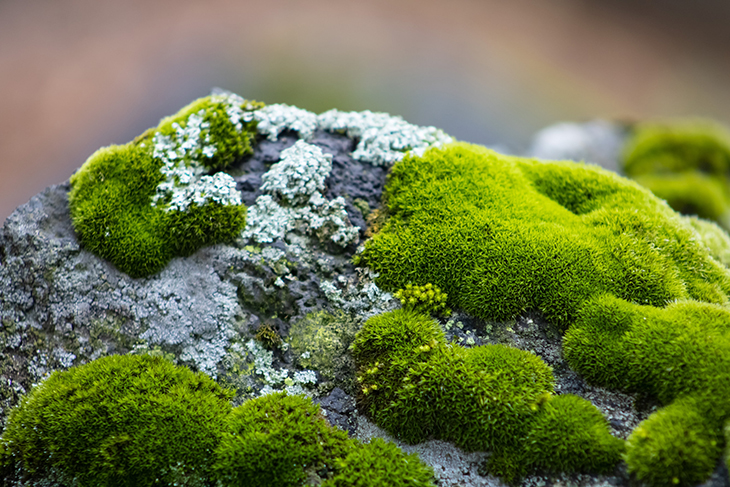
When most people think of moss, the first thought that comes to mind is how green, spongey and well, annoying it can be. However, they don’t consider just how ecologically important it is to the environment.
Found in approximately 12,000 different species across diverse habitats, from frigid mountain peaks to scorching deserts, these unassuming greens are not only the oldest living relatives of all plants but also appear to hold the key to addressing numerous modern challenges.
However, a study recently published in May in the journal Nature uncovered a startling fact; Mossy soil contains six times more carbon than soils that don’t have moss, even the soils that are considered healthy and nutrient-rich.
David Eldridge, an ecologist at the University of New South Wales told Science Report, “We were gob smacked to find that mosses were doing all these amazing things.”
This revelation stems from an extensive survey involving moss samples collected from 100 locations worldwide. The primary aim of this research was to comprehend the profound impact of these unassuming green balls and mats.
One of the remarkable findings from this study is that moss blankets areas on the planet as big as China or Canada. This tiny sprigs have hundreds of tiny leaves, while others are just one cell thick. Regardless of what they look like, they are rather simple organisms that have managed to endure throughout the ages by extracting water from the atmosphere.
In fact, even in arid climates, they contract and seem to whither, however they are able to revive when moisture returns.
“We’ve taken mosses out of a packet after 100 years, squirted them with water and watched them come to life. Their cells don’t disintegrate like ordinary plants do,” said Eldridge.
Furthermore, the research team determined that moss excels at keeping nutrients, such as carbon. It’s estimated that a staggering 6.43 billion metric tons of carbon are stored in mossy soils worldwide.
Additionally, moss seems to act as natural protectors against plant pathogens. It was observed in soil samples with moss, the pathogenic load was much less compared to soils where there was no moss present.
The resilience of moss is nothing short of extraordinary. In 1980, Mount Saint Helens in Washington State erupted, causing the local plant life around the area to dies off. One of the first organisms to begin to grow back was moss, followed by cyanobacteria, such as algae.
Despite their reputation for being difficult to cultivate and work with, harnessing the power of moss may truly yield some substantial benefits. With its thick mat of roots that manage to keep the soil intact, it makes for an incredible lawn, while managing to improve the health of the earth and even suppressing the growth of unwanted weeds.
The next time you look at moss and assume that it’s just some annoying, slimy green stuff, rather, think about how this primitive life form actually plays an indispensable role in maintaining both the health and balance of ecosystems all across the planet.
What are your thoughts? Please comment below and share this news!
True Activist / Report a typo


